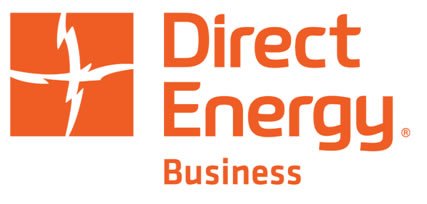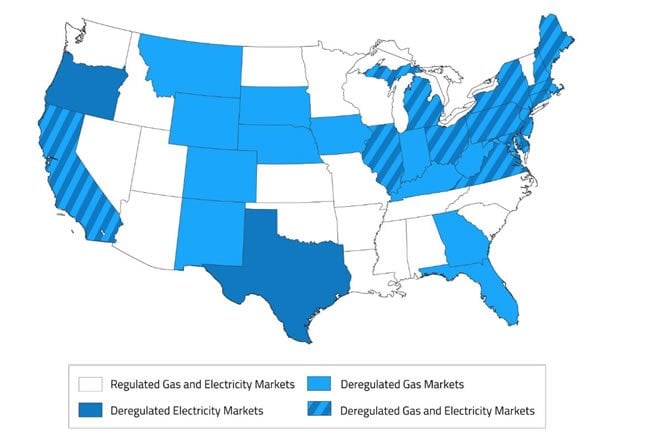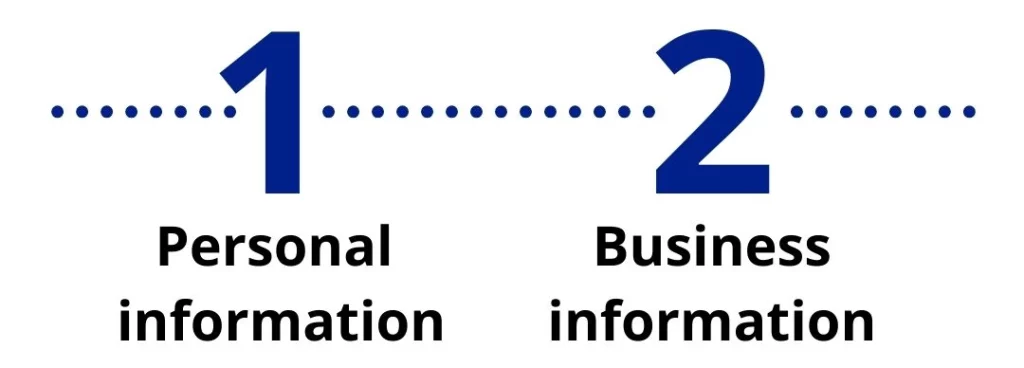At Consumer Energy Solutions (CES) our goal is always to find our customers the best price in the current market for their electricity and natural gas. How do we do that? We shop, so you don’t have to.
This is the difference between working with CES and working directly with an Energy Supply Company. The Energy Supply Company that calls you directly will offer you their current price. That’s all they can offer you. It may or may not be the lowest rate in the current market.
When CES works with you, we find out your usage, your specific needs and we shop around to get you the best rate possible for your electricity and/or natural gas. We work with over 27 of the top Energy Supply Companies in the U.S. and we have great relationships with all of them, but we do make them compete for your business.
If a CES Energy Consultant calls your commercial enterprise, you should thank your lucky stars! For you are working with a group who really looks out for your best interests and works to save you money. The bottom line is that we can help you if you are in a deregulated state.
I wanted to talk a bit more about deregulation and how it works. One of our great Energy Supply partners, Direct Energy Business, has an information article on the subject and I’m reprinting it in full right here.

What We Mean When We Say “Deregulation”
In regulated markets, consumers have no choice but to purchase electricity and natural gas from the local utility at prices regulated by the state and federal government.
The government deregulates energy by reforming old laws and passing new ones that change who can produce and sell energy. When multiple suppliers compete on the market, prices can be determined—and ideally remain lower—because of competition.
When you purchase energy from a competitive source, your electricity or natural gas are still delivered to you through local power lines and pipelines. In most cases, you’ll also receive and pay your single energy bill to your local utility, too. What changes is who you’re buying power from and how much you pay for it.
But deregulation also opens the door to numerous, more flexible energy options for terms of contract, price structures, market risk exposure and efficiency solutions. Whether you’re powering your home or a global business with hundreds of stores, that could mean a big difference in your bottom line.
States and provinces across North America have taken various approaches to deregulation. Some enjoy a completely open market; others deregulate only electricity or only natural gas; some are partially deregulated but limit the number of consumers participating or amount purchased; and others still are restricted by fully regulated markets.
How North America Flipped the Energy Market
Electricity and natural gas were regulated across the United States and Canada until the late 20th century. Described by some as the last large government-sanctioned monopoly, utility companies controlled the retail energy industry and were the sole suppliers of electricity and natural gas in the areas they served. But energy, which powers the lights, computers, refrigerators, HVACs, equipment and more in our homes and businesses, was too great a public importance and too large a financial expenditure to remain so wholly regulated by the government.
For deregulation to succeed, three things had to occur:
1) Independent suppliers had to win the right to sell energy on the open market, side-by-side with utility companies.
2) Governments had to reform the laws that dictated energy retail prices.
3) Utility companies had to open access to the power lines and gas pipes used to transmit electricity and natural gas to customer’s homes and businesses. (Governments collectively recognized that it would be impractical and wasteful for suppliers and producers to build redundant power lines and gas pipes along similar routes.)
Congress took the first step of electricity utility reforms in 1978 by passing the Public Utility Regulatory Policies Act (PURPA). Designed to diversify power supply and encourage conservation, the law required utilities to purchase power from new producers when their own supply was low. These new non-utility producers, called “qualifying facilities” were held accountable for meeting efficiency standards and often could supply power at a lower cost than their utility counterparts. The act opened the door for wholesale electricity from small power producers to be successfully integrated with a utility’s own supply. This reform was further cemented in 1992 by the Energy Policy Act, which ushered even more small producers into the power markets.
But it wasn’t until the mid to late 1990s that all power producers received fair access to the power grid with safe and reliable power transmission. Federal Energy Regulatory Commission (FERC) Orders 888, 889 and 2000 broke up integrated utilities whose power plants were either sold to a third party or transferred to an unregulated affiliate. To make sure that the shared power grid stayed safe and reliable, the act also initiated formation of two groups: regional transmission organizations (RTOs) and independent system operators (ISOs). These groups continue to control and monitor operation of the grid across many regions of the country today.
Soon after the FERC actions, large commercial and industrial customers began to lobby for retail deregulation at the state level, forming coalitions such as Americans for Affordable Electricity. Several states did quickly open their markets to competition through pilot programs that allowed consumers to buy directly from independent power suppliers.

Currently 16 states and Washington, D.C. are deregulated for electricity and natural gas programs. Another 13 states are deregulated for natural gas only.
Visit our website at https://consumerenergy-soltn.us8.cdn-alpha.com/commercial-energy/ to learn more. If you’d like a Free Rate Reduction Analysis for your commercial enterprise call us at 1-866-748-2669 today.



